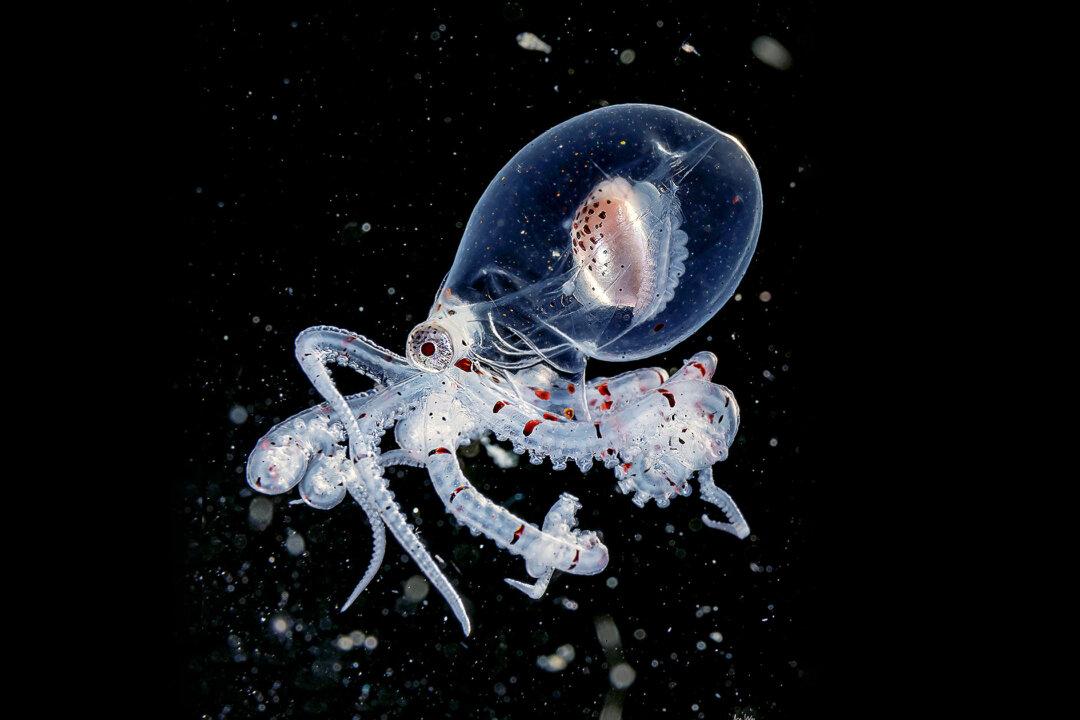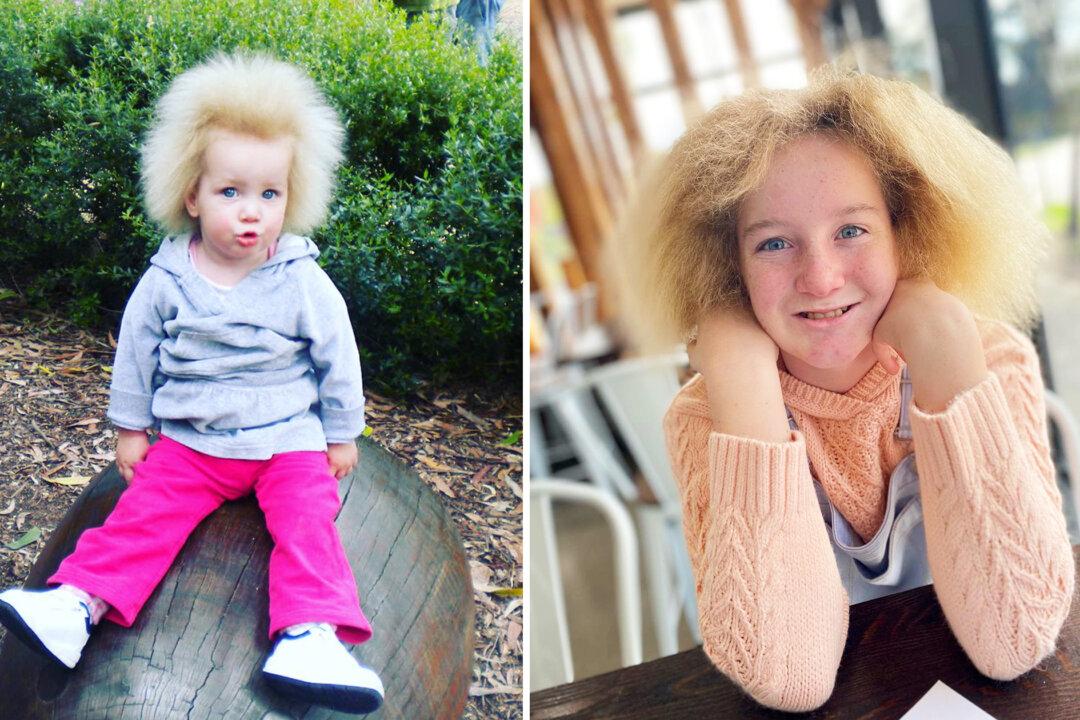Surrounded by obsidian waters in all directions, dive photographer Wu Yung-sen is momentarily cast in limbo, with neither earth nor sky to place him anywhere. Yet, that dark, scary void engulfing him is thick with life. Yung-sen calls these black waters the “ultimate diver’s frontier,” his chosen artistic domain.
Yung-sen’s exotic photography of wildly strange deep-sea life takes him to obscure locales, and lets us peer into the ocean’s sunless world. Here, he encounters glass-eyed sharks, transparent octopuses, and wispy jellyfish. Gossamer schools and helical eels call this home, though they are rarely seen by heads above water. Yung-sen unveils all these underwater treasures through his lens.





